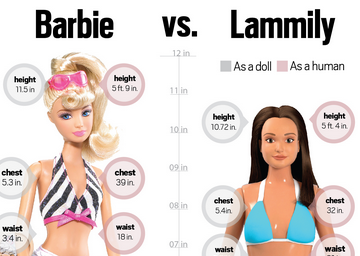The individual’s right to making
decisions concerning the distribution of one’s wealth in the U. S. is that
individual’s decision alone. Most tycoons of industry distribute some of their
wealth to noble causes, while living lives of the luxury they have earned
through their labor. Often, trust funds are set up to ensure the hereditary distribution
of wealth. In contrast, Andrew Carnegie, mogul of the oil industry, set out to
distribute his wealth to charity in his lifetime. He was one of the few wealthy
industrialists to see the positive effects of his charity.
Perhaps Carnegie and other tycoons
who followed his example had read what the Roman Catholic theologian, Thomas
Aquinas, authored concerning the pursuit of wealth. Among his many various
interests, Aquinas examined the factors which are typically associated with
happiness including wealth, honors, power, health, and pleasure. Thomas Aquinas
argues, “For wealth of this kind is sought for the sake of something else, as a
support of human nature.” Pursuing wealth, therefore, is insatiable, for there
will never an amount after it’s been acquired that can satisfy the soul. There
is always a new technology, luxury, or pleasure for purchase. Wealth only
offers the gratifying of wants and needs that continuously reoccur throughout a
lifetime.
Thomas
Aquinas views the soul of a human as the only eternal element existing in a
human. Therefore, the soul can understand eternality and finds happiness in the
vision of the Divine Essence. It naturally seeks to know and understand its cause,
or God. Only when a soul achieves this understanding of eternal law, or the
inner workings of the universe can it attain its final happiness.
From this
one can imply that Carnegie understands the transient nature of life, and he
nobly desires to rid himself of his wealth in his lifetime. He did not find
happiness in wealth. Maybe this is something that the modern American can take
into consideration when he chooses ambitious goals over virtue. The pursuit of wealth is not necessarily the pursuit of happiness.
